Did you know that the American heist action feature film “A Day to Die” was shot entirely on Z CAM E2-F6 and S6? Also, did you know that the E1 model was used on Mission Impossible 7: Dead Reckoning’s vehicle shots? At first glance, it seems that Z-CAM is one of the most used action cinema cameras among high-end productions. However, the Chinese manufacturer struggles to get some press coverage. Well, we’re here to fix it. Disclaimer: This is NOT a sponsored article.
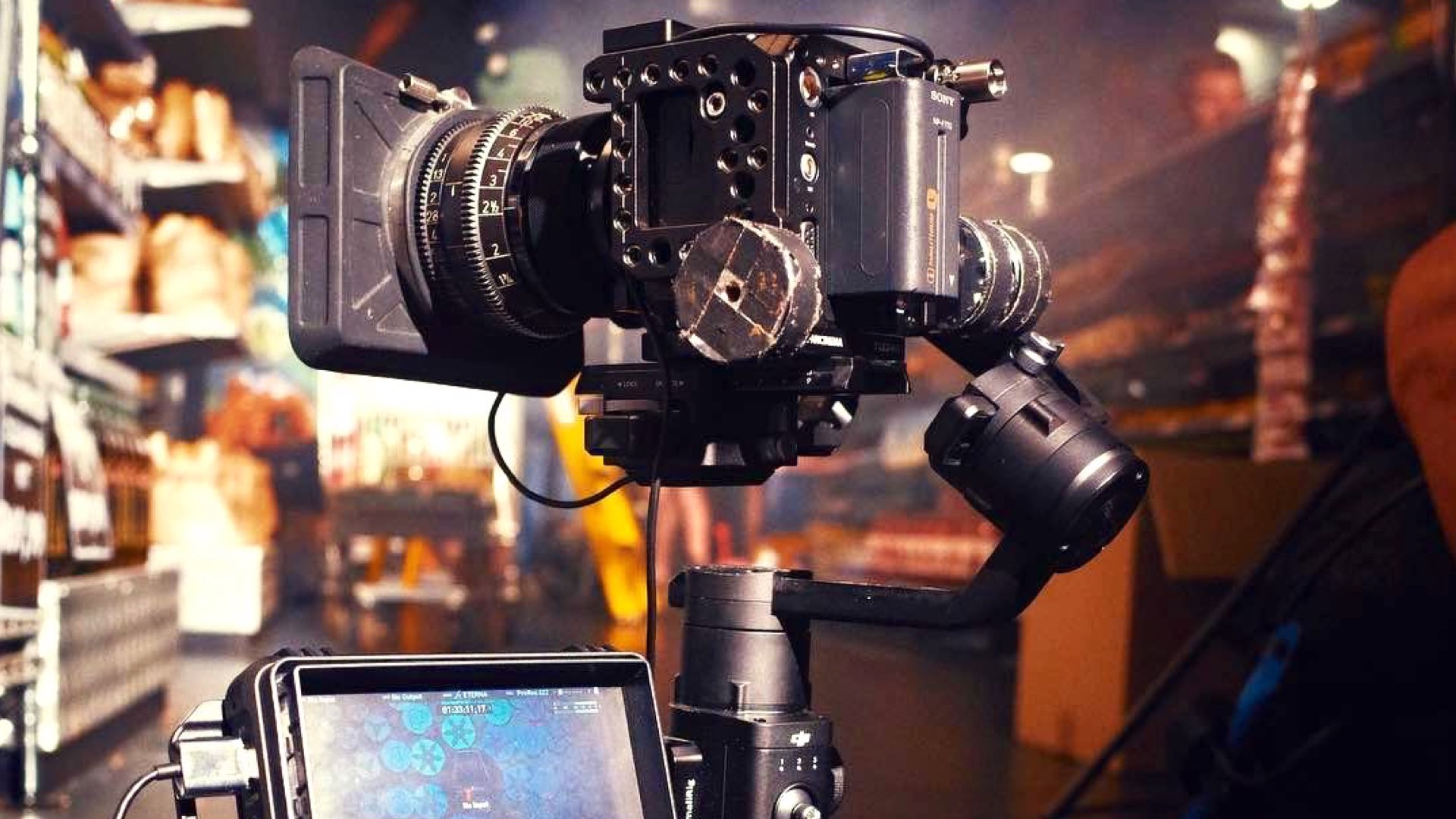
Z CAM: Badass cube-style cinema camera
This is not a sponsored article. In fact, till now, Y.M.Cinema Magazine has refused to publish sponsored content. We just thought that the Z CAM deserves some publication. So here it is. The Z CAM is a small and powerful cube-style cinema camera system that disrupted the market because of its impressive specs and compact cube-style design. The company states that the camera slowly finds its place in the professional industry and has lately been used as both main and action cameras in big-budget Hollywood productions like A Day to Die and Mission Impossible 7. That’s true, although the budget of A Day to Die (don’t be confused with the mighty No Time to Die) stars Bruce Willis, was only $5M USD. Nevertheless, the Z CAM E2-F6 (full-frame) and S6 (Super 35) were the only cameras used in the film, which is quite rare — A Day to Die was shot for the big screen on Z CAM.
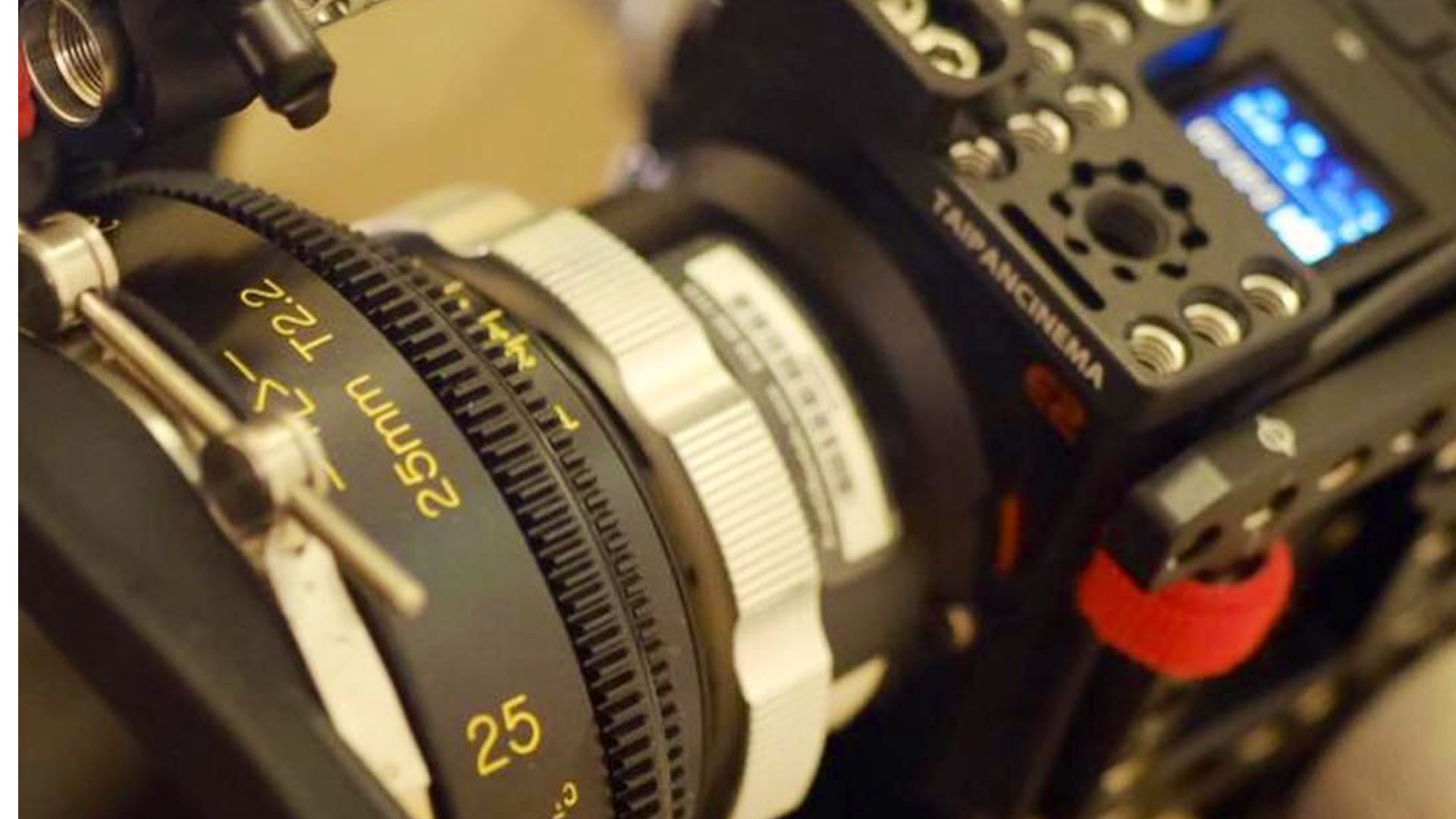
Head to head with the RED Komodo
On Mission Impossible 7: Dead Reckoning, an old model of the Z CAM (E1) was utilized as an action cam. Indeed, we can count the Z CAM as a ‘stunt’ camera that can be wrecked and broken, just like in the set of Mission Impossible 7 demonstrated by the film director, Christopher McQuarri (see image below). According to Z CAM, Warner Bros, De Lane Lea Studios in Los Angeles were responsible for the dailies on Mission Impossible 7 and were impressed by how well it performed. The small form and its excellent image quality made it a perfect match for action scenes, especially with cars chasing and action outside trains and plains. “I think the Z CAM cameras did pretty well with the quality compared to the high-end cameras when implementing them into our Truelight ACES workflow on the set of Mission Impossible 7. A lot had to be done in terms of adding the correct LUT, and the dailies colorist putting more of an effort in matching the color to the other cameras, but the end result was quite rewarding and can compare to the more high-end camera” said Yogi Patel, Dailies Operator at Warner Bros De Lane Lea.
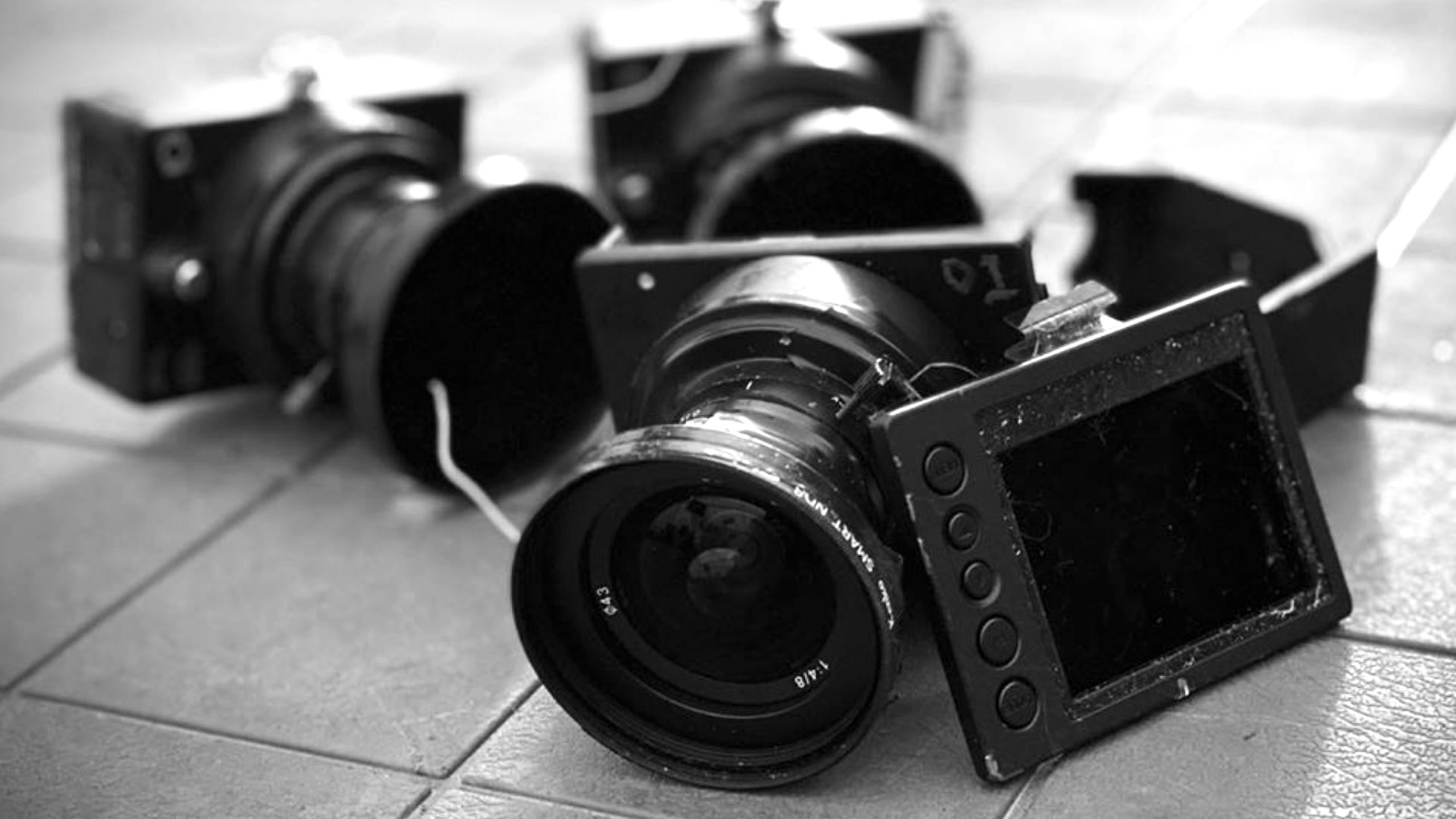
From MFT to FF
The Z CAM line-up ranges from MFT to Full-frame and Super 35 sensors and can deliver up to 8K and 15 stops of dynamic range (as claimed by Z CAM). Furthermore, filmmakers have the option of shooting ProRes RAW via HDMI when paired with Atomos. There’s also a choice of shooting ZRAW, although this codec is less popular. The first Z CAM (E1) was released in 2015 and titled the world’s smallest 4K, MFT interchangeable lens mount camera. Shortly after, Z CAM successfully developed and launched its first professional VR camera Z CAM S1 at the end of 2016. Furthermore, a full range of VR180 and VR360 professional VR cameras were established in 2017 and 2018. In 2018, the Z CAM E2 was introduced as a low-cost, 4K 160fps and 10-bit color cinema camera. Alongside was the Z CAM E2C, the most affordable cinema camera launched in 2019. A series of flagship cinema cameras were also developed: Z CAM E2-S6 (Super 35mm 6K), Z CAM E2-F6 (Full Frame 6K), and the Z CAM E2-F8 (Full Frame 8K) during Q4 2019. Moreover, the Z CAM has developed a global shutter alternative between the models. Z CAM states that the company is committed to developing more innovative products while expanding the market coverage worldwide. However, this statement was written in 2020, and since then we haven’t seen any innovation regarding the cinema camera segment of the company.
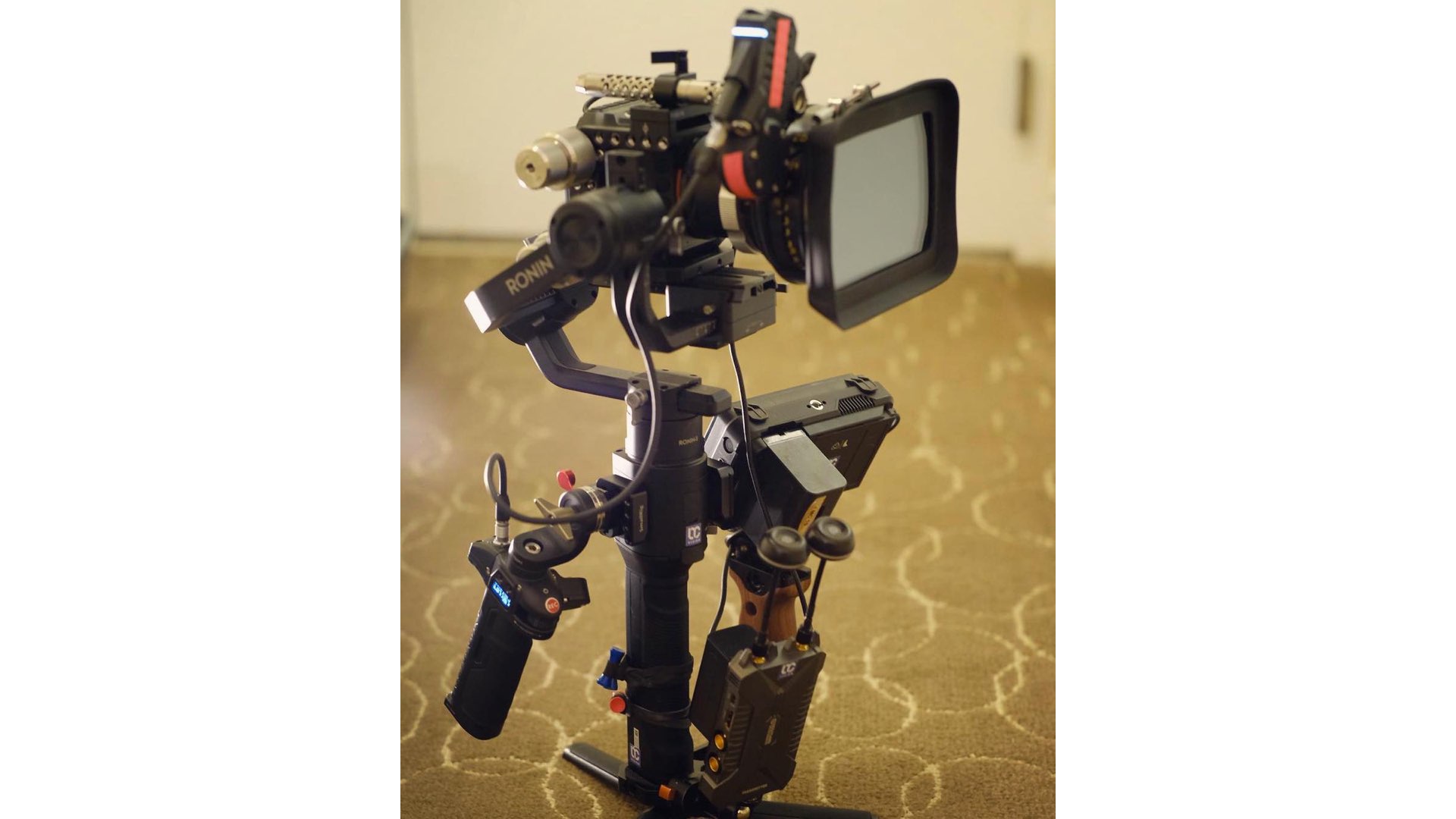
Watchtower of China
The stunning-mega-indie project, Watchtower of China, was shot primarily on the Z CAM E2 and E2-F6. The short film was directed and edited by filmmaker Leonardo Dalessandri who cut a huge amount of footage that was accumulated over the years. As you can see, some of the sequences are truly mesmerizing. Here, the Z CAM was combined with a bunch of Sony mirrorless cameras. Dalessandri shot mainly on his own Z CAM. Watch Watchtower of China below:
Closing thoughts
Z CAM cameras produce great imagery and can compete with similar cameras like the RED Komodo, Panasonic boxy cameras, Canon and Blackmagic. However, for some reason, we don’t see many filmmakers who use them. But those who do, make marvels. The main problem with Z CAM is its origin since most shooters trust Japanese, American, and German cameras. Z CAM and Kinefinity still have a long way to go in that pathway. Nevertheless, Z CAM has some solid connections in Hollywood which are awesome. It’s time that more filmmakers will give it a try. Let’s know your thoughts regarding the Z CAM. Have you ever shot with one? Comment below.
Product List
Here’re the products mentioned in the article, and the links to purchase them from authorized dealers.
- Z CAM Digital Cine Cameras
- Y.M.CINEMA 65 – A Gift for Filmmakers

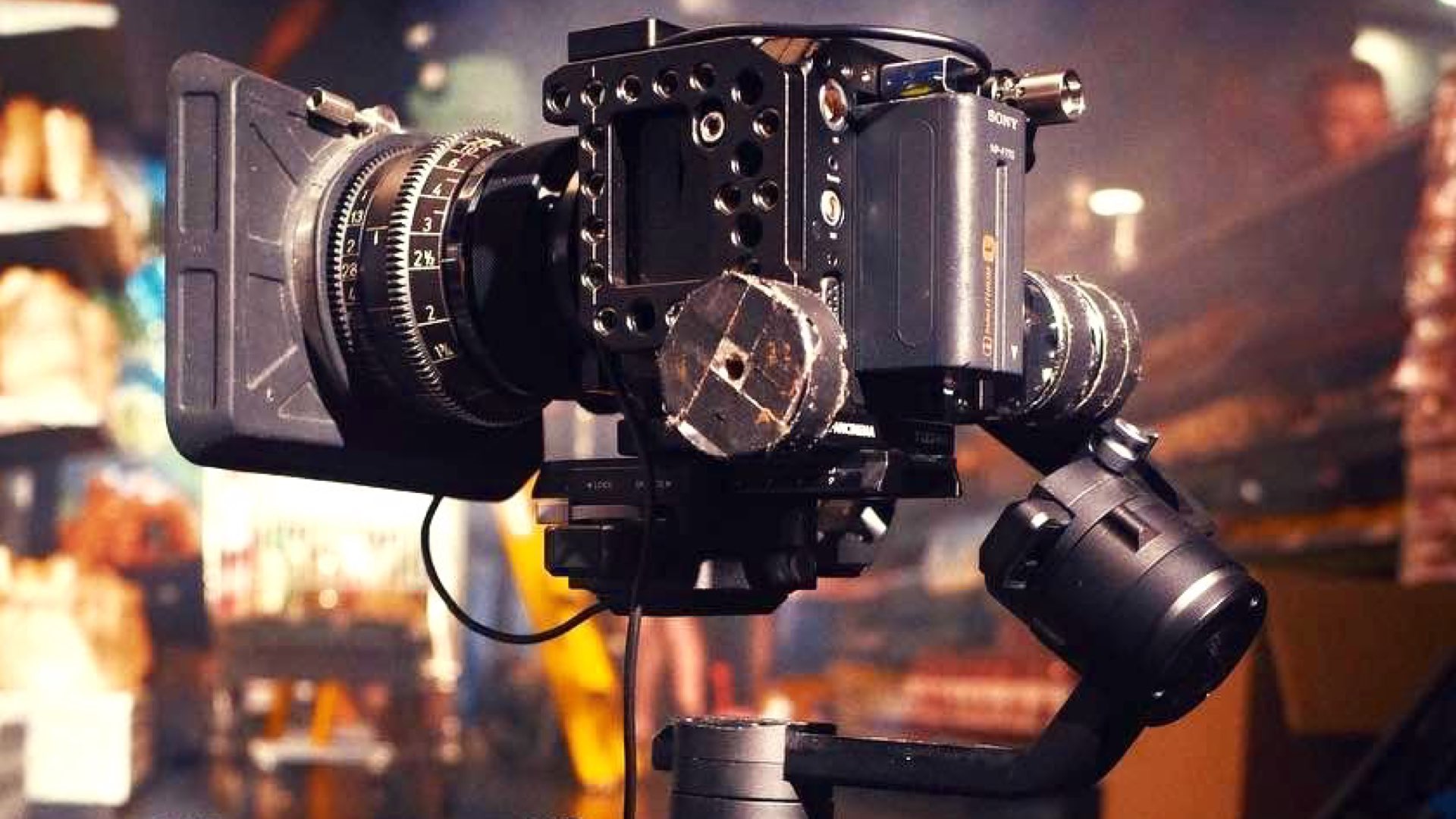


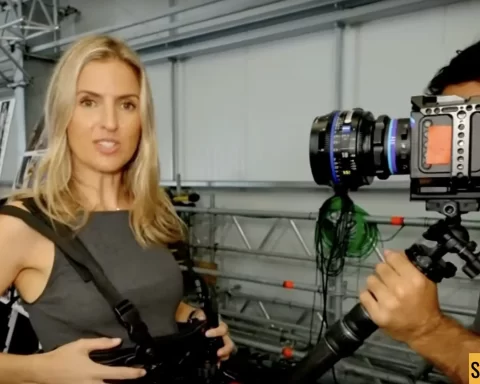
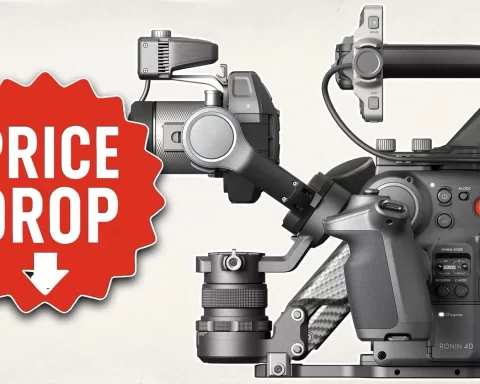
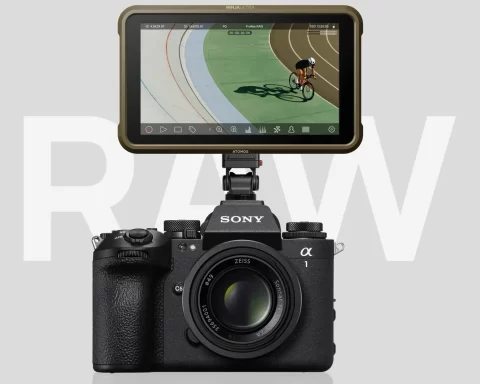
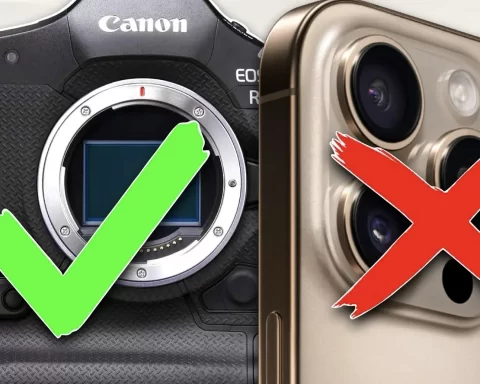

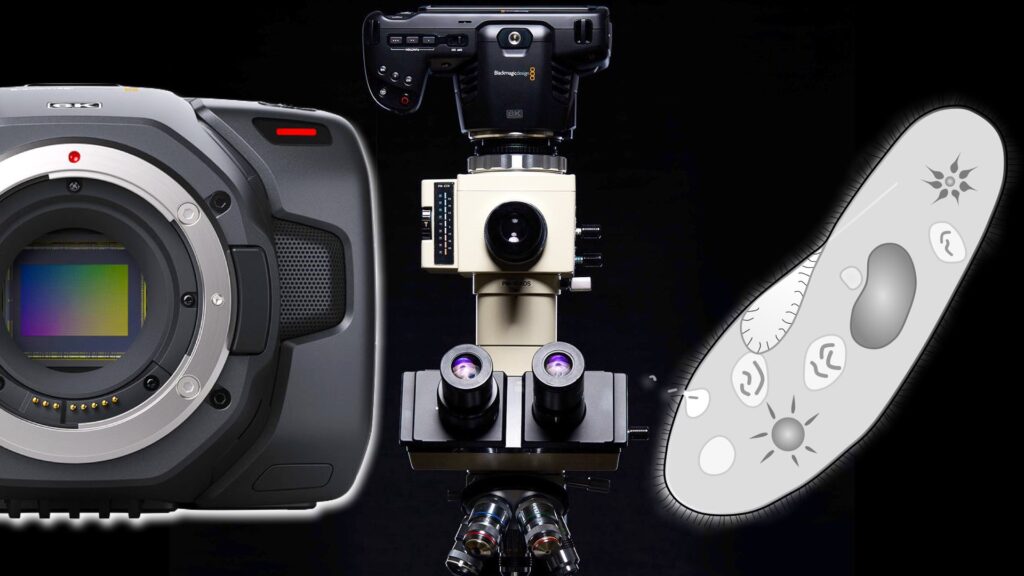
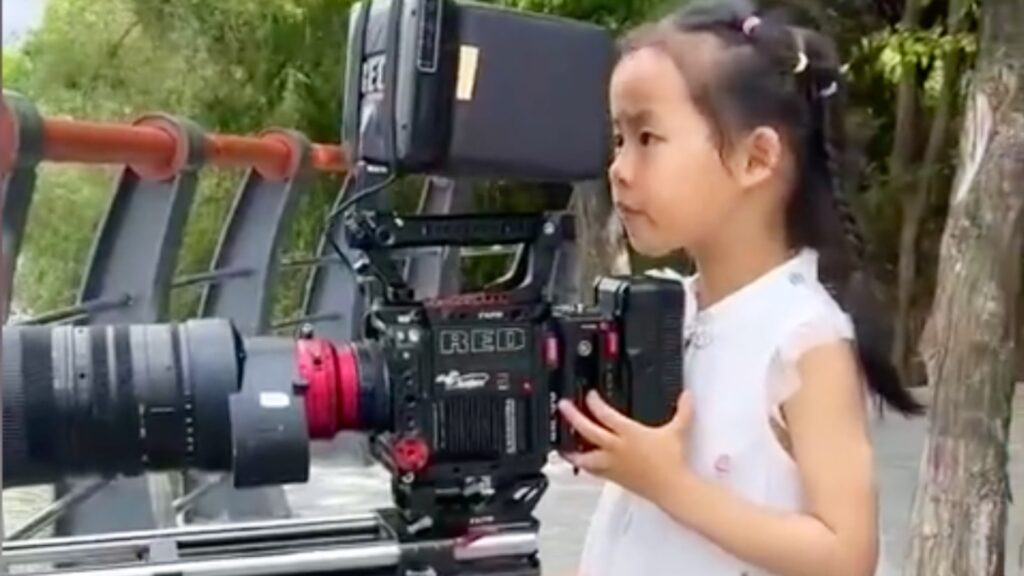





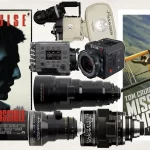
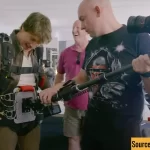
Interestingly, I’m using the S6 recently to capture microbial life, as featured in the next suggested article.
So far Im extremely happy with it.
Ive chosen the Zcam over the BMPCC for it’s form factor, changeable mounts, 4K HDMI output for monitoring, and various controlling features.
Here is one of my latest clips-
https://youtu.be/Cb7ywS4vEwQ
Interesting. Thx for sharing.
Feel free to share BTS footage and tips & tricks on how to achieve those shots with the Z-CAM.
You can send it to me (yossy[at]ymcinema.com).
Yossy
Thanks, I will.
Hi Yossy, Thanks so much for the kind words for under-appreciated Z Cam. I love my own E2-F6 bullet-proof dependable camera!
Please update the info though! While the old E1 model may have been used (?), the Z Cam E2-F6 was by far the most-used Z Cam on MI7.
According to Robert Shaw, First Assistant Photographer on MI7:
“Z CAM played an enormous role in the capture and creation of some of the most exciting and challenging stunts yet. With over 15 Z CAM F6, 4 Z CAM E2, 2 Z CAM F6 Taiji and 2 Z CAM F6 Lightweight playing a roll in capturing the insanity, it is safe to say they were vital!”
(Posted in the Facebook Z Cam E2 private group by Robert on May 23)
Cheers, and thanks again!
Thx. Do you have the FB link to the source?
Sure! Z Cam E2 FB group is private FB group so it doesn’t have a share button, but I just messenger’d the link to you, along with a screenshot of the post (a featured post at the top of the group’s page) and link to Robert’s IMDB page for verification of his role in MI7. If I can do anything else to help, just lemme know!
Thank you. Didn’t get the message. You can also send it to my email: yossy[at]ymcinema.com.
Sent to your email too now, thanks!
Do you know what codec was used? Was the codec ProRes 422 HQ 6K Open Gate?
I am a photographer but shoot static video at finish line of marathons, triathlons and such. I have been using the E1 because it is tiny and shoots better video than cameras costing thousands of dollars. Videographers look at it and think it is a gopro knock off but when they see the video they are in disbelief. Also the fact that it can shoot 1440p is perfect for me. Hard to believe that z cam hasn’t upgraded the E1.
As the DP for the feature film called Rosebud Lane, I shot with Prores Raw with the Z-Cam E2-S6. I also just finished a documentary called Origins Untold: Ancient Cosmology. You can add those to the long list of movies shot with the Z-Cam. I feel it’s not used much because it is not well-known in the industry.